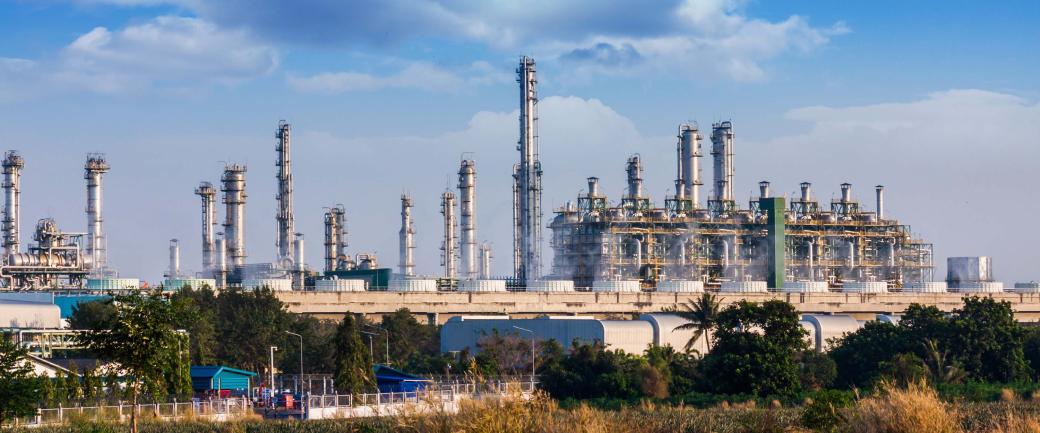
The global refining industry is constantly evolving and responding to new crude supplies and sources, more stringent fuel/product specifications, perpetually changing demand patterns and other trends. Increased competition from large, efficient refineries is forcing small- to mid-sized refiners to rethink their approaches to remain competitive. With this in mind, aggressive optimization programs have become a very attractive strategy for marginal refiners.
Achieving or exceeding market returns in today’s climate requires bold action. For marginal refiners looking to boost performance, their best option is to adopt an aggressive asset optimization program. The ultimate goal for such programs is to align the supply of premium products as closely as possible to market demand. When product/market demand fluctuates, strategies must be in place to quickly respond and adapt. For refiners, agility means possessing the resilience or operational flexibility to readily adjust production and exploit opportunities. A correctly executed optimization program mitigates any new risks, ensuring that the refinery will survive and profit from market volatility.
Optimization plans entail more than just crude oil feedstock selection and satisfying finished product demands. The envelope for optimization has grown significantly to include intermediate feedstocks, chemical base stocks and fuel blending components, as well as energy balance considerations where generated power is a marginal product. As the optimization challenge becomes more complex and encompassing, the tools required for a valid and accurate answer must change. Linear Programming (LP) technology can no longer be the only tool to solve optimization problems. Value creation entails using a holistic and rigorous approach to maximize the value of all hydrocarbon molecules within their value chains.
Transportation fuel demand will stabilize globally over the mid- to long-term. In contrast, strong demand growth is predicted for petrochemical feedstocks, such as naphtha, LPG and ethane. Accordingly, any refinery optimization program should closely evaluate the potential for molecular, model-based approaches focused on value creation through refinery-petrochemical integration.
Marginal refiners need operating strategies to accommodate feedstock and intermediate variability. In addition, these plans must provide refiners with the ability to run economically at lower throughputs to meet market demand, while keeping key units at required capacity. Achieving this strategy requires; the right people with the right skills in the right place, with the appropriate levels of empowerment and cross-functional collaboration; business processes focused on value delivery; and supportive, rigorous and easy-to-use technology to produce accurate and reliable answers.
When planning an optimization/competitiveness program, refiners should consider operational excellence consulting services; a set of best practices; rigorous, easy-to-use software technology; and cloud-based solutions to reach out beyond the plant for additional support from offsite; to build their strategies.
Marginal refiners need a new approach to survive the constantly changing refining industry. Small- to midsized refiners are challenged to compete against larger, more efficient, export-oriented refineries. New crude supplies and finished product specifications mandate using a molecular approach to determine optimum planning and scheduling programs. Marginal refiners must take bold actions to profit from new crudes, while operating processing units at lower throughputs to meet market demand. Operational excellence aligns the organization and culture to implement and stick with the new strategies. Fully utilizing advanced tools (kinetic-based models and software) enables the redefinition of LPs to push process operations into new areas, thus capitalizing on value creation across the supply chain, while still providing flexibility and agility to meet ever-changing demand conditions.
Significant value is created for refiners by looking at the digital twin of both production management facilities and their supply chains, made possible through the integration of process simulation, hydrocarbon management and manufacturing execution system capabilities. The integration of these capabilities enables a single version of the truth to be leveraged more effectively across operational technologies (OT) and information technologies (IT) to run the business more efficiently, thereby capturing the benefit of OT/IT convergence. Model-based decision support systems ensure the necessary linkage between the business goals and plant floor execution. These systems serve as a rigorous and consistent platform on top of which supply chain optimization strategies can be implemented, as well as the necessary feedback loops to maintain model relevance. The result is supportive processes to mitigate risks when moving to new operating conditions. Better planning supports improved decision-making, leading to improved profitability. The final piece to the puzzle is partnering with experienced experts to find the proper fit of technologies, tools and organizational culture to implement optimization projects.